Getting it right for every child (GIRFEC) Practice Guidance 1 - Using the National Practice Model - Easy Read
This guidance on using the National Practice Model is for people who work with children, young people and families. The guidance should help people to understand more about wellbeing.
Step 2: The My World Triangle
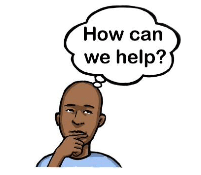
The My World Triangle helps people that work with children and young people think about how to help them.
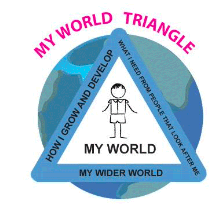
The My World Triangle is the main tool used to gather information about the child or young person's whole world. It allows workers to measure strengths and challenges in all parts of a child or young person's life.
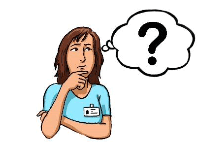
Workers must think about many different parts of the child's life. Children, young people and their families must fully take part in discussions about what is happening in their world.
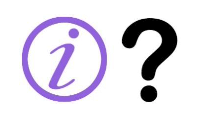
Information is divided into strengths and challenges related to the child or young person and family in three areas:
How I grow and develop
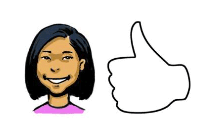
Many things can affect how a person grows and develops through childhood to adulthood. These can include the family environment and also a child's experiences of growing up.
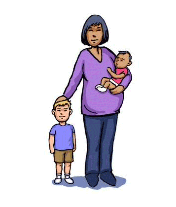
Poverty, inequality and discrimination can have serious effects on a child as they grow up. Early support is important to reduce these effects.
What I need from the people who look after me
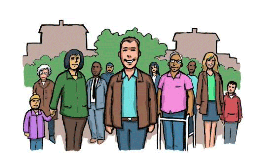
There are many people that are important in the child's life. Parents have a major role. Brothers and sisters, wider family, teachers, friends and community groups are also important.
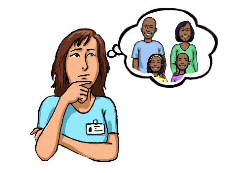
Looking at the people around the child or young person can give information about where there are strong supports and where more supports are needed.
My wider world
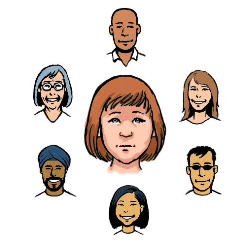
The communities where children and young people grow up can have an impact. Communities can be supportive and protective. They can also cause challenges. The people and community around a child can have a positive or negative effect.
Using the My World Triangle to assess a child or young person's needs
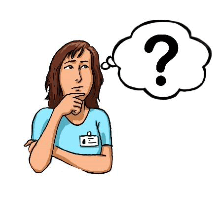
Workers will use the My World Triangle to gather information as part of their work with children, young people and families. They will gather more information if they think a child needs more help.
Workers should think about the following questions:
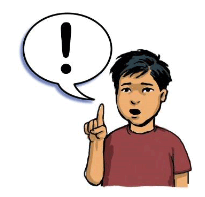
- What are the views of the child, young person and their family?
- What are the strengths, talents and needs of this child or young person?
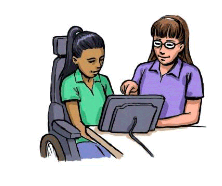
- What parts of the family relationships are helping the child or young person's development and wellbeing?
- How could the relationship between child and parent be strengthened?
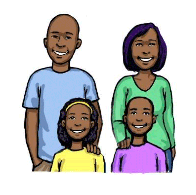
- What other things are affecting the child or young person's development?
- What would help the parents to support the child or young person to do better?
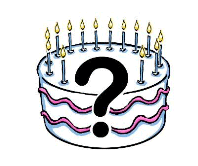
A child's age and stage of development should also be thought about. Children, young people and families should be included in an assessment of needs.
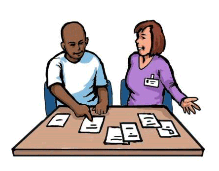
Children and young people should be supported to fully take part in discussions about their needs. They should be involved in making any decisions and should get accessible information about the decisions made.
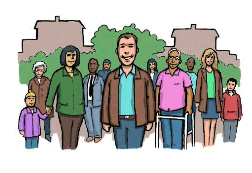
Workers need to think about other things that could add to a family's support. This could include good relationships with extended family, friends or the community.
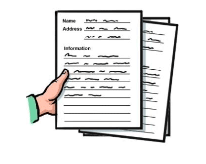
To add to the information gathered through the My World Triangle, workers can also use specialist reports for information. This may be from other professionals or organisations.
Contact
Email: GIRFEC@gov.scot
There is a problem
Thanks for your feedback